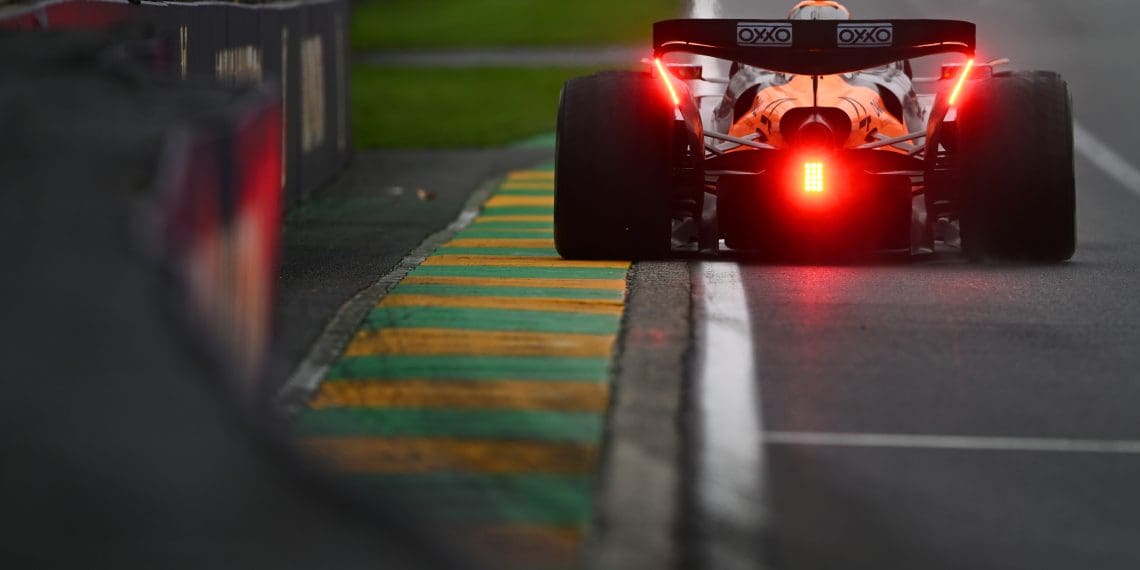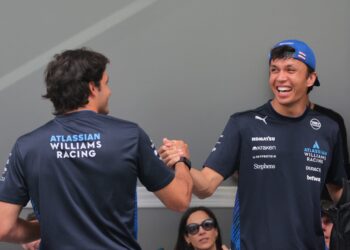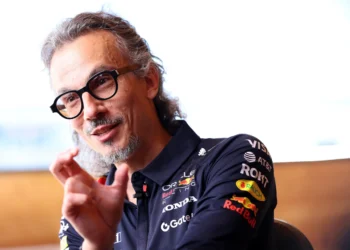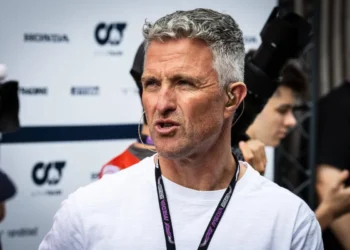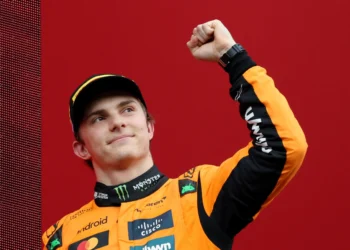In the thrilling world of Formula 1 racing, every tweak, every adjustment, and every innovation can spell the difference between victory and defeat. This was evident at the Australian Grand Prix, where the ten Formula 1 teams, instead of introducing an onslaught of new parts, opted to further test the durability and performance of their Bahrain-tested packages. However, this didn’t mean that the teams shied away from experimentation and improvements.
Sauber, for instance, unveiled a fresh set of wings for the opening race, a move that not only displays their commitment to constant improvement but also their strategic foresight in terms of aerodynamics. The new wings, meticulously crafted and designed for optimal performance, could potentially provide Sauber with the edge they need in the fiercely competitive racing arena.
Meanwhile, McLaren, another titan in the Formula 1 world, engaged in their own brand of experimentation, focusing specifically on their rear wings. They unveiled a set specifically designed for the Australian Grand Prix circuit, a testament to their dedication to precision and adaptability. By tailoring their rear wings to the nuances of the circuit, McLaren demonstrated their commitment to understanding and exploiting every facet of the racing environment to their advantage.
Red Bull, not to be outdone, also invested considerable time and resources in their own set of improvements, further underscoring the intense competition and the relentless pursuit of perfection that marks the Formula 1 landscape.
In conclusion, while the Australian Grand Prix might not have seen a flurry of new parts from the various Formula 1 teams, it was far from being a quiet affair. The teams’ focus on refining their existing packages, coupled with their willingness to experiment and innovate, provides a fascinating glimpse into the intricate and high-stakes world of Formula 1 racing. These strategic moves and enhancements are a clear indication of the teams’ relentless drive for superiority and their commitment to pushing the boundaries of automotive technology.

